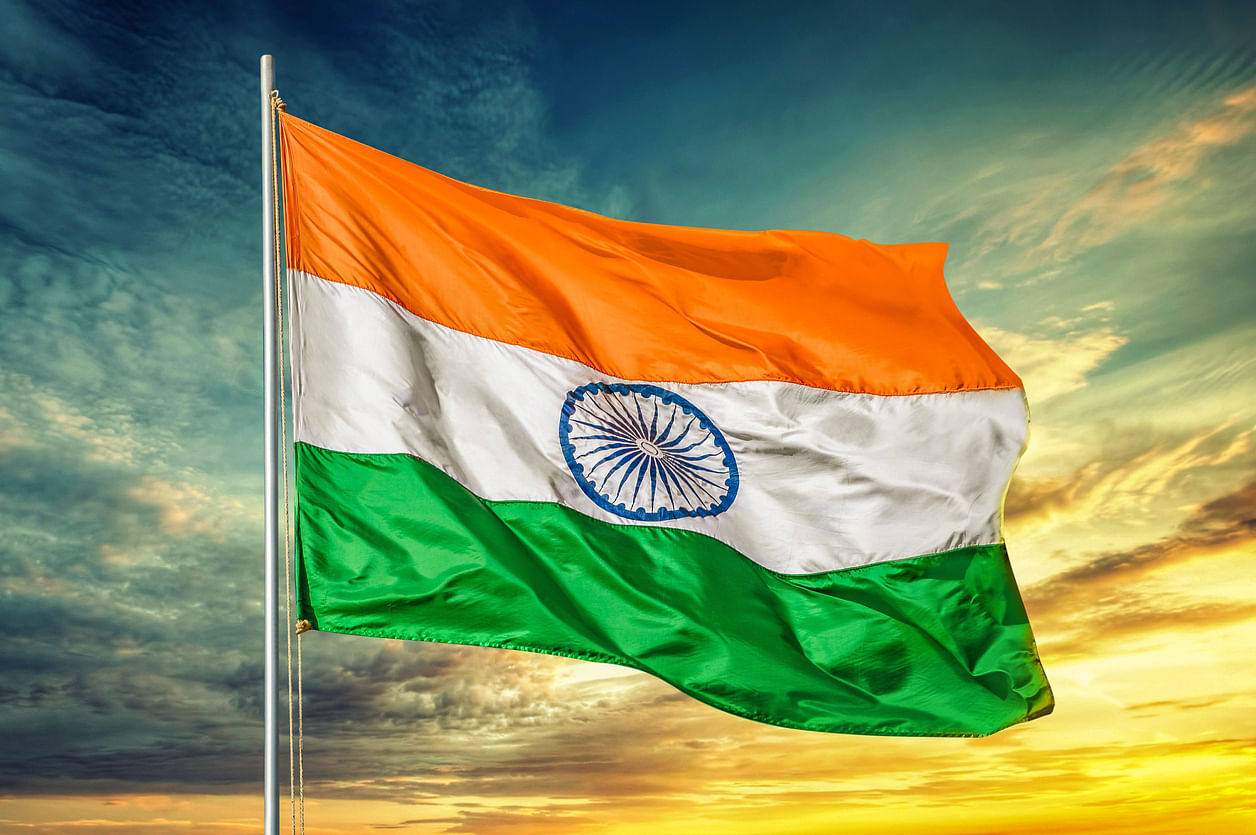
Mid-November, 15 Asian nations signed the Regional Comprehensive Economic Partnership (RCEP), the largest free trade agreement, creating the world’s largest trading bloc. All 10 members of ASEAN, plus Japan, China, Australia, New Zealand and South Korea became signatories.
After eight years of delicate negotiations, RCEP aims to cut tariffs across the Asia-Pacific and strengthen supply-chain linkages regionwide. Conspicuously absent was India, world’s fifth-largest economy. In 2019, New Delhi had conveyed its apprehension to the members of the RCEP bloc, including Japan, suggesting that the agreement would create an uncontrollable influx of cheap Chinese goods.
India’s fractured relationship with Beijing stood out among its chief concerns, exacerbating tensions by exploiting its massive trade gap with China, which is now only second to the United States. India has defended its decision not to join the RCEP on a number of grounds, including that farmers and agricultural producers will be at a disadvantage, in addition to anticipated losses to its MSME and dairy sectors.
The primary apprehension for India stems from the fact that farmers and small to medium-sized industries are not well integrated to the global supply chain and being a party to RCEP would have amounted to putting the cart before the horse for these crucial sectors. India has alleged that China has engaged in a number of unfair trade practices, keeping entire sectors of the Chinese economy off limits to Indian companies, including India’s vast information technology sector. Since Indian Prime Minister Narendra Modi took office, Beijing’s trade gap has widened, to almost $49 billion in 2019-20. Exports to China were about $17 billion while imports stood at $65 billion.
In June 2019, almost all of RCEP’s eventual entrants opposed India’s insistence on strict criteria to determine the source of entry of a product. Prime Minister Narendra Modi pointed to the free flow of goods making their way into the country via the South Asia Free Trade Pact and the Duty-Free Quota-Free window via Bangladesh.
India raised objections to the elimination of import duties by up to 90% which economists feared would have exacerbated the flood of imports across borders and widened India’s trade deficit with China. Earlier on, India had complained about the lack of availability of most-favoured-nation (MFN) obligations, which would have forced India to provide similar benefits to RCEP countries that it used to provide to others. Prior to the arrival of Modi, India had already opened its markets to most of ASEAN countries but felt lack of reciprocity, evidenced by Indonesia’s only partial opening to India.
Part of India’s RCEP failure is domestic. Since Modi took power in 2014, India has struck a protectionist tone, clinging to both a “Make in India” campaign that sought to increase manufacturing domestically and encourage foreign direct investment and a policy of self-reliance (atmanirbhar), which aimed to support domestic industries.
A recent legislation allowed farmers to sell directly to private buyers and enter into contracts with private companies, a move that the Modi government hoped would stimulate growth. Farmers claim it leaves them vulnerable to free market pressures. RCEP, some suggested, would have disadvantaged low-income farmers.
Ill-timed
For example, RCEP could have done irreparable damage to India’s small family farms as they would be vulnerable to competition from more industrialised and modern industries in Australia and New Zealand. India’s agricultural sector comprises about 15% of the $2.9 trillion national economy and employs more than 600 million people. As India’s economy has suffered greatly as a result of the Covid-19 pandemic, the issue of free trade to people whose livelihoods depend on a degree of protectionism appeared ill-timed.
In the near term, India will have to sit on the fence of RCEP and negotiate with signatories on a bilateral basis, where it hopes to have more leg room for negotiations while preserving national interests. However, ignoring a trading pact that includes almost half the world’s population is arguably short sided. First, as India seeks to become a more entrenched power in the wider Indo-Pacific region, not being active in the largest partnership allows other powers like China to shape trade without it, limiting New Delhi’s ability to shape RCEP’s architecture.
Minus RCEP, India’s trade options are limited. While it has firmed up its Indo-Pacific alliances as evidenced by the Quad, it has distanced itself from Asia-centred trade agreements and focused its energies on the United States, the United Kingdom and the European Union.
This isolationism, regionalism, and experiment with self-reliance have left India vulnerable. Being a formidable regional power also means learning to live with the costs. While RCEP would have forced India to make a number of concessions, the consequences are that New Delhi doesn’t get to play a leading role in shaping trade norms in an increasingly interconnected Indo-Pacific.
(Cogan is Associate Professor of Peace and Conflict Studies, Kansai Gaidai University, Osaka, Japan; Mishra is Deputy Director, Kalinga Institute of Indo-Pacific Studies)